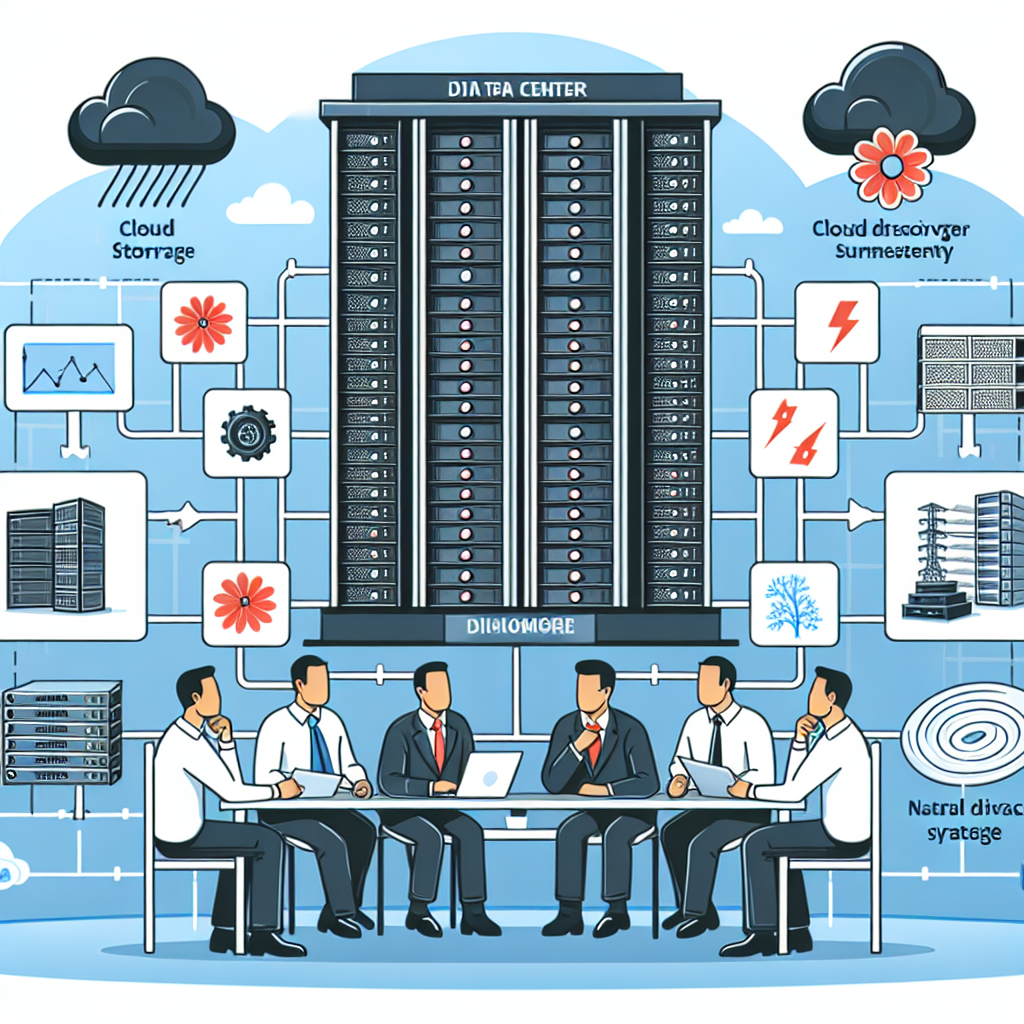Your cart is currently empty!
Building a Robust Data Center Disaster Recovery Strategy: Lessons from Industry Leaders

In today’s digital age, data is more valuable than ever before. From sensitive customer information to critical business operations, companies rely on their data to keep their operations running smoothly. However, disasters can strike at any time, threatening the integrity and availability of this crucial information. That’s why having a robust data center disaster recovery strategy is essential for organizations of all sizes.
Industry leaders have long recognized the importance of investing in disaster recovery planning. By learning from their experiences, other companies can develop effective strategies to protect their data and ensure business continuity in the face of potential disasters. Here are some key lessons from industry leaders on building a robust data center disaster recovery strategy:
1. Identify and assess potential risks: Before developing a disaster recovery plan, it’s crucial to understand the potential threats that could impact your data center. This includes natural disasters such as hurricanes, earthquakes, and floods, as well as man-made disasters like cyber-attacks and equipment failures. By conducting a thorough risk assessment, organizations can prioritize their efforts and resources to address the most significant threats.
2. Develop a comprehensive disaster recovery plan: A successful disaster recovery plan should outline the steps to be taken before, during, and after a disaster to ensure the quick and effective recovery of data and operations. This includes establishing backup and recovery procedures, defining roles and responsibilities, and testing the plan regularly to identify and address any gaps or weaknesses.
3. Implement redundant systems and backups: To minimize downtime and data loss during a disaster, organizations should invest in redundant systems and backups. This includes replicating data across multiple locations, implementing failover mechanisms, and using cloud-based storage services to ensure data availability in the event of a disaster.
4. Train and educate employees: Employees play a critical role in the success of a disaster recovery plan. By providing training and education on disaster response procedures, organizations can ensure that their staff knows how to act quickly and effectively in the event of a disaster. Regular drills and simulations can also help to reinforce the importance of disaster recovery planning and identify areas for improvement.
5. Monitor and assess the effectiveness of the plan: Disaster recovery planning is an ongoing process that requires regular monitoring and assessment to ensure its effectiveness. By tracking key performance indicators, such as recovery time objectives and data loss tolerance, organizations can identify potential issues and make adjustments to their plan as needed.
In conclusion, building a robust data center disaster recovery strategy is essential for organizations to protect their data and ensure business continuity in the face of potential disasters. By learning from industry leaders and following these key lessons, companies can develop effective disaster recovery plans that minimize downtime, data loss, and financial impact in the event of a disaster.

Leave a Reply